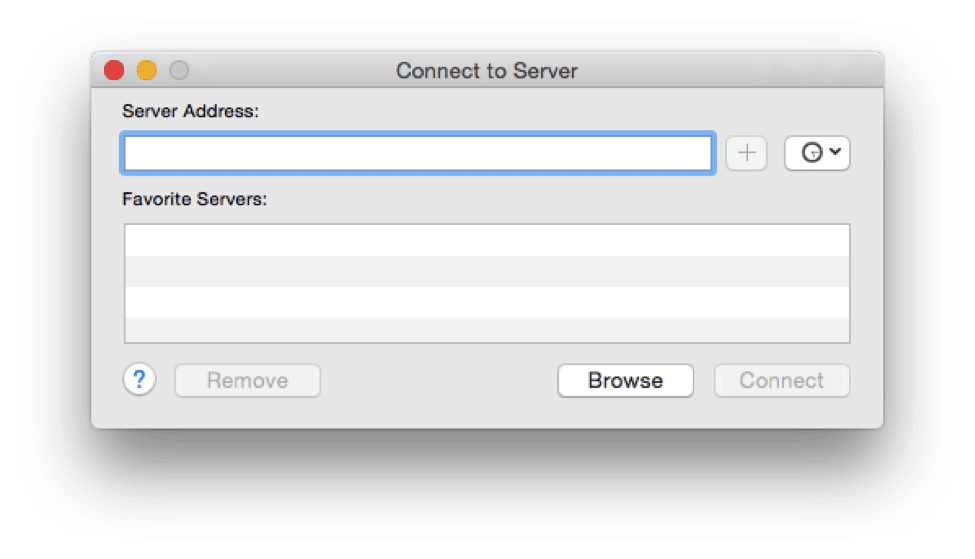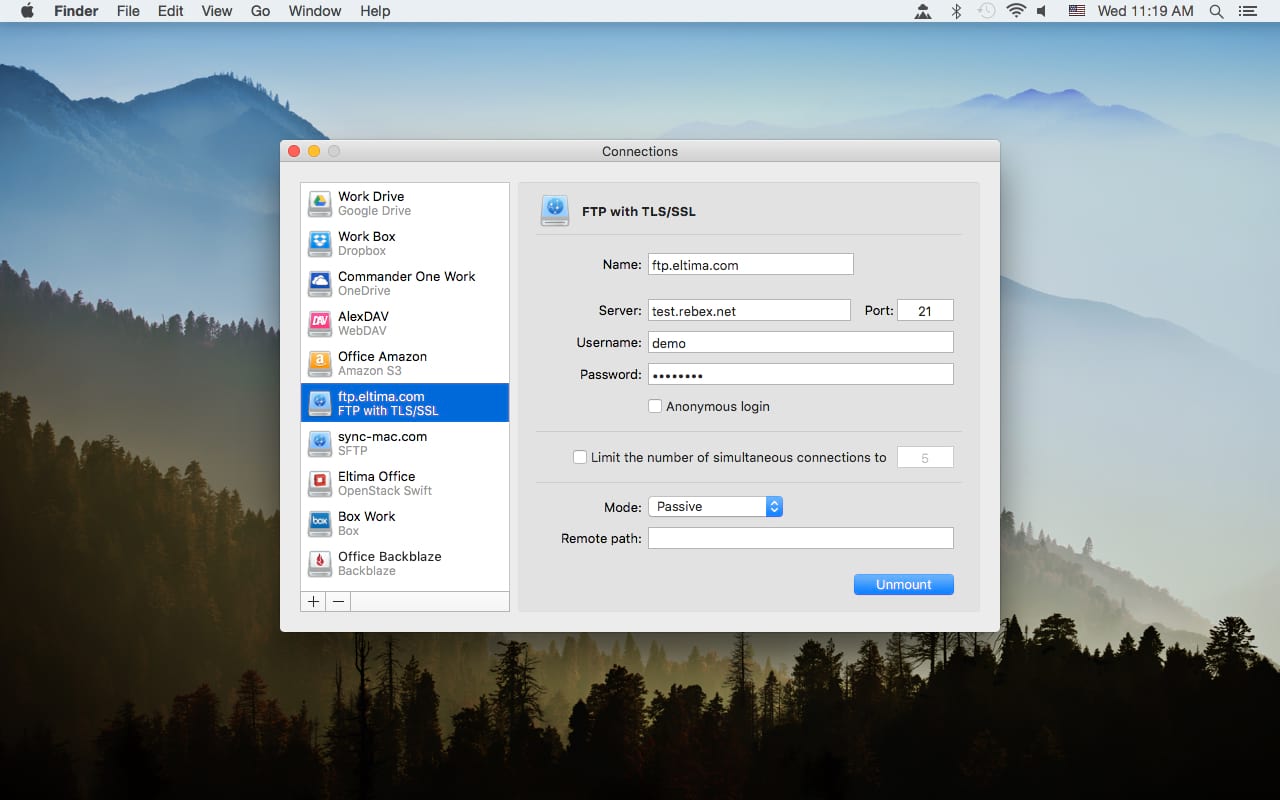
Users with fast NAS devices on gigabit or faster networks shouldn’t have an issue unless you’re dealing with an exceptionally large number of directories. Keep in mind, though, that this really only applies to the aforementioned set of circumstances. In this case, the benefits of folder metadata simply aren’t worth it.
#Macos server store files mac#
That’s because, in addition to having to deal with a potentially slow network or slow hard drives in a NAS, your Mac has to read and process potentially thousands of. DS_Store files may actually slow things down as you browse the network. Depending on the speed of your network, the speed of your shared storage, and the number of files and directories being shared, the use of. DS_Store files, and doing so will prevent you from being able to set folder view preferences that persist between sessions.īut there is another reason to consider this process: speed.


In a purely Mac-based network environment, there’s no need to hide.
#Macos server store files windows#
But since macOS hides these files by default (and even Windows can be configured to hide them), you’ll only want to prevent their creation if you know that Windows users might encounter them. DS_Store files is to avoid creating clutter on drives that are shared between Mac and Windows users. DS_Store files as you browse the shared directories going forward.DS_Store TidbitsĪs discussed above, the benefit of preventing your Mac from creating. DS_Store files may still be present and will need to be manually deleted, but your Mac won’t create any new. When you log back in, reconnect to your shared network drives. Once you’ve executed the command, save any open work and log out of your macOS user account. DS_Store files on shared network drives, log into macOS, launch the Terminal, and enter the following command: defaults write DSDontWriteNetworkStores -bool TRUE DS_Store files on network shares in the first place. This approach, however, requires you to manually delete these files each time they pop up (and macOS will create a new replacement file each time you return to the shared directory). Instead, you can configure macOS to not create. Open Finder: Finder is open on macOS by default, but you can ensure that its the currently selected application by clicking the 'macOS face icon' on the dock.

DS_Store file, Finder will revert to the default layout and won’t remember any custom view types or font sizes you may have set. The only issue is that when you next browse to a shared folder after deleting its.


 0 kommentar(er)
0 kommentar(er)
